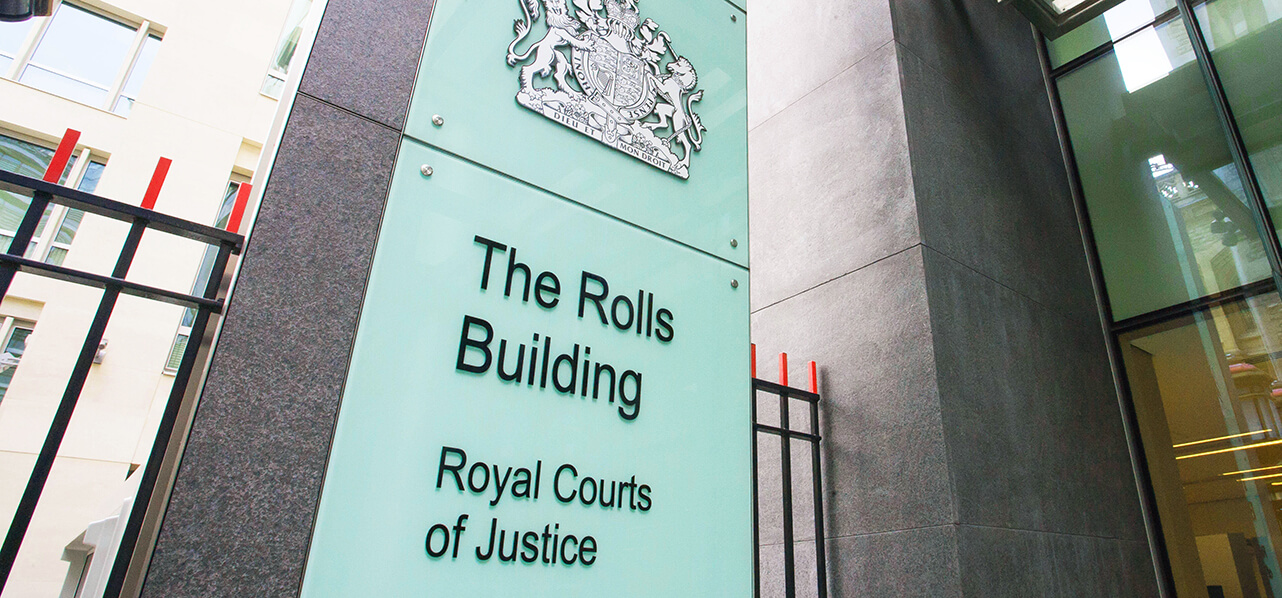Partner London
"The Grenfell Tower Inquiry Phase 2 report (the “Inquiry”) has prompted a significant evolution in the regulatory landscape for Higher-Risk Buildings."
The Grenfell Tower Inquiry Phase 2 report (the “Inquiry”), published in September 2024, has prompted a significant evolution in the regulatory landscape for Higher-Risk Buildings (HRBs). On 21 July 2025, the UK government issued detailed Guidance Notes for Building Control Approval Applications at Gateway 2, reinforcing the need for rigorous fire safety strategies and clearer accountability. This article builds on our November 2024 update, which introduced the Gateway 2 framework under the Building Safety Act 2022 and examines the implications of the new guidance and Inquiry findings for the UK construction industry. The changes mark a decisive shift towards a more prescriptive and enforceable regime, with direct consequences for developers, contractors and consultants involved in HRB projects.
Recap of the November 2024 Update
Our previous update outlined the introduction of Gateway 2 as a critical checkpoint in the approval process for HRBs. Under the Building Safety Act 2022, Gateway 2 requires applicants to demonstrate that their design meets the functional requirements of the Building Regulations before construction begins. The process was designed to ensure that fire safety considerations are embedded from the outset, with flexibility to accommodate modern construction methods.
At the time, the guidance was high-level, focussing on the need for a “clear and comprehensive application” and emphasising the importance of demonstrating compliance. However, it left open questions around the sufficiency of design detail, the role of fire engineers and the evidentiary standards expected by regulators.
New Guidance Notes and Inquiry Findings
The newly issued Guidance Notes, informed by the Grenfell Tower Inquiry Phase 2 report, provide much-needed clarity and introduce more stringent requirements for Gateway 2 submissions. The guidance now mandates that applications must be supported by a fire safety strategy prepared by a registered fire engineer and a formal statement from a senior manager of the principal designer confirming that all reasonable steps have been taken to ensure compliance with the Building Regulations.
This marks a shift from procedural flexibility to substantive accountability. The fire safety strategy must be submitted at Gateway 2 and reviewed again at Gateway 3, ensuring continuity and traceability of safety measures throughout the project lifecycle. The emphasis is on proactive risk management, not retrospective justification.
The Inquiry’s findings underscore the systemic failures that led to the Grenfell tragedy, including the misuse of combustible materials, inadequate testing regimes and a culture of blame-shifting among contractors and consultants. The report is particularly critical of the reliance on Class 0 ratings, which were shown to be misleading and insufficient for assessing real-world fire performance. The BS 8414 testing standard, whilst more robust, was found to lack empirical grounding and was vulnerable to manipulation by manufacturers.
"The Inquiry’s findings underscore the systemic failures that led to the Grenfell tragedy."
In response, the Guidance Notes now require applicants to demonstrate not only compliance with testing standards but also the integrity of the testing process itself. Materials must be sourced from certified suppliers and their fire performance independently verified. The use of combustible materials in external walls of HRBs is explicitly prohibited and the definition of HRBs is under review to include factors beyond height and occupancy – such as the presence of vulnerable residents.
The Inquiry also calls for the establishment of a single regulatory body to oversee building safety, product certification and contractor licensing. Whilst this reform is still in development; its anticipated impact is significant. Contractors working on HRBs will be subject to mandatory licensing, and all professionals involved in design and construction expected to meet enhanced competency standards.
However, concerns remain about the practical implementation of these reforms. The requirement for a fire safety strategy at Gateway 2 introduces additional cost and complexity, particularly for smaller developers. There is also uncertainty around the timeline for establishing the new regulator and the transition arrangements for existing projects.
Nonetheless, the direction of travel is clear. The government is moving towards a more prescriptive, enforceable regime, with less tolerance for ambiguity and non-compliance. For dispute resolution practitioners, this raises important considerations. The evidentiary burden in disputes involving HRBs is likely to increase, with greater scrutiny of design decisions, testing data and regulatory correspondence. Parties will need to maintain comprehensive records and ensure that safety considerations are documented and defensible.
In conclusion, the new Guidance Notes and Inquiry findings represent a watershed moment for the UK construction industry. They demand a cultural shift towards transparency, accountability and proactive risk management. Firms involved in HRB projects must adapt quickly, ensuring that their practices align with the new expectations.
Related insights
Newsletter Commercial Disputes Weekly – Issue 267




